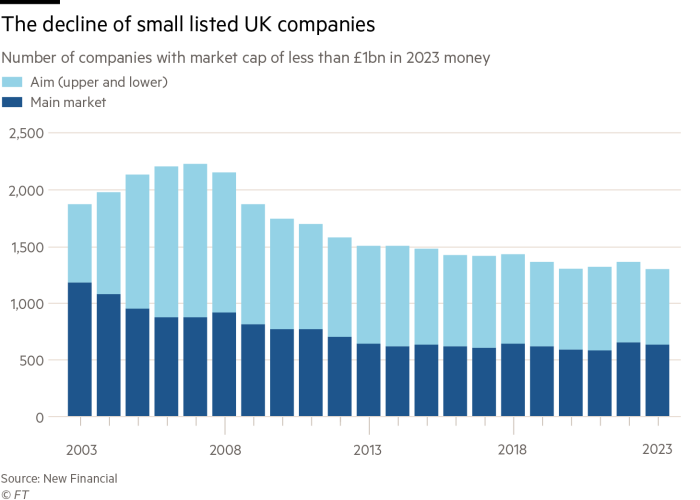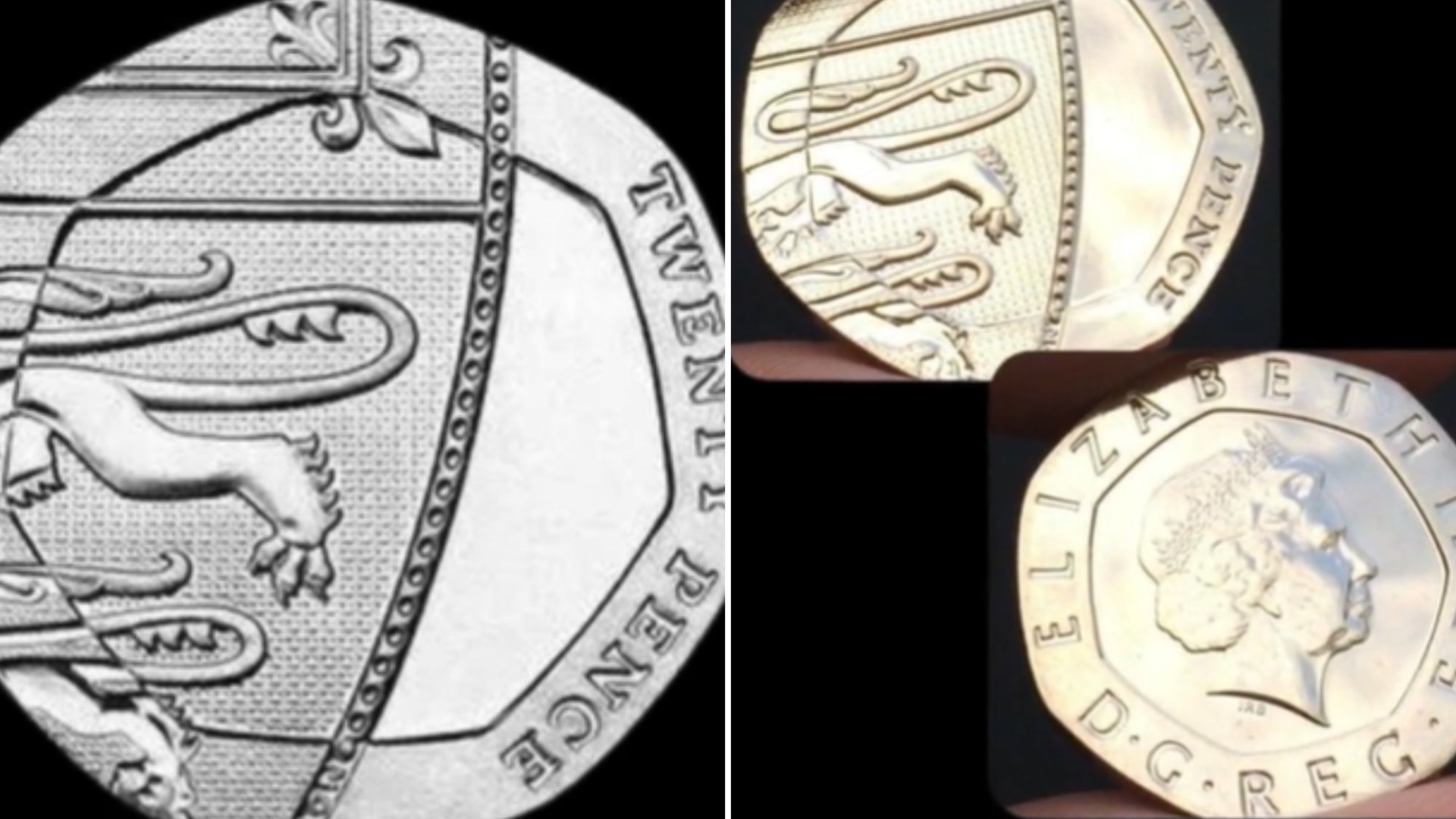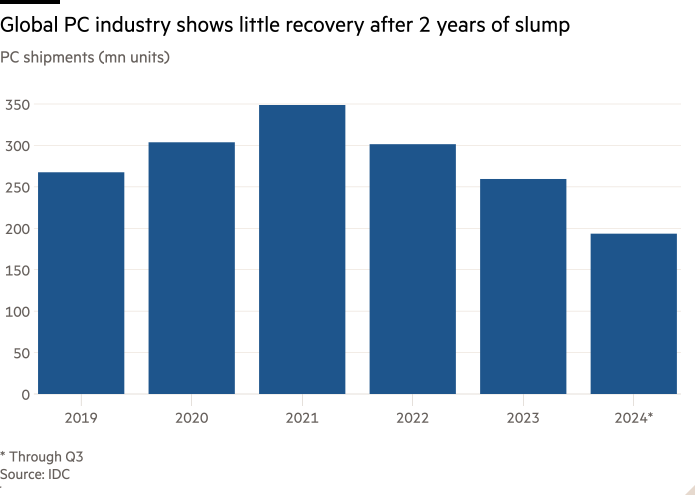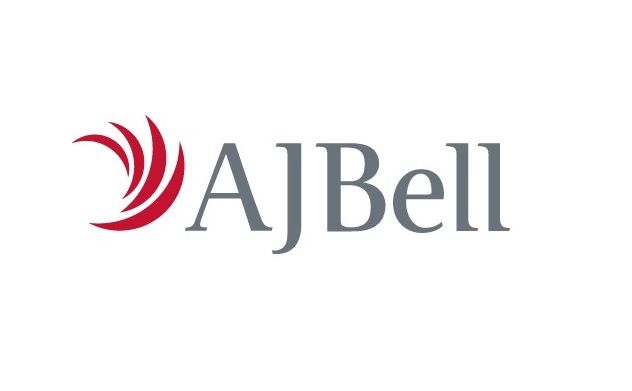The writer is director of clients and communities at RSGI
Business processes with a legal component cause hold-ups far too often — in companies and in law firms, alike. But, where there is a problem, there is usually someone ready to step forward with a remedy.
The organisations listed below are using technology to help remove some of the most common obstacles, to speed up the pace of business. And, in line with the dominant theme of this year’s annual Financial Times Accelerating Business series, many are incorporating artificial intelligence into existing processes.
The FT’s research partner for the series, RSGI, found a range of companies that are helping their clients to apply AI to legal tasks. From navigating new EU legislation to enabling users to conduct legal research faster, some of the potential cost and time savings cited by users are striking. In some cases, legal tasks that previously took days now take minutes.
Where is AI helping in particular? Commercial contracts remain onerous, but users say the technology is speeding up processes. Other core activities where AI is making a difference include procurement and billing for legal services.
Ultimately, widely agreed definitions will be critical to AI’s further deployment in the legal sector: three organisations appear in the list for making headway towards achieving a common standard.
Previous articles in Accelerating Business
The criteria for inclusion in the FT Accelerating Business series are mainly increased speed: of processes, rate of business, and time required for specific tasks. In the legal context, we also recognise attempts to remove friction from everyday tasks such as commercial contracts. Such efforts involve not only speeding up tasks, but also reducing the stages to go through to do business.
Speed and efficiency can be expensive, however. For example, the cost of implementing contract management often involves paying for the services of the Big Four professional services firms or other consultancies.
Four general categories emerged from RSGI’s research into the suppliers making notable progress in accelerating the pace of business with a legal component:
Integrating AI use
ContractPodAi (CPAI)
Legal AI company
Achievement: Developing an effective partnership strategy with key legal service providers.
Comment: ContractPodAi signed deals with legal service providers Integreon, Morae and QuisLex to speed up their use of AI. It has also made deals with two of the Big Four professional services firms: PwC, to help it deliver new products; and KPMG, where users across the organisation will be able use CPAI on all legal outsourcing engagements.
Note: ContractPodAi is a sponsor of FT Innovative Lawyers regional reports. Sponsors have no influence over, or prior sight of, any articles in the reports.
D2LegalTechnology (D2LT)
Legal data consultancy
Achievement: Helping clients to navigate the EU’s AI Act, the bloc’s landmark law to regulate use of the tech.
Comment: Businesses recognise that they need more than legal expertise to comply with the new legislation, and are using the data expertise of D2LT to review systems, policies and procedures, to improve AI controls.
Factor
Alternative legal services provider
Achievement: Launching the Sense Collective, a collaborative learning programme for in-house legal teams on AI.
Comment: The programme includes 17 companies, such as Microsoft, Intel and Adobe. Participants say it has helped them develop step-by-step guides — like recipe books — to using generative AI for a range of problems, which has speeded up implementation.
Harvey
Legal AI company
Achievement: Providing measurable time-savings to legal departments.
Comment: In 2024, US-based Harvey expanded its headcount from 55 to 180 and acquired 100 new customers. One client Repsol, the Spanish energy company, says using Harvey saves each of its users around three hours a week in achieving everyday legal tasks.
LexisNexis
Information company
Achievement: Launched Lexis+ AI, its generative AI legal research platform.
Comment: Law firms in the US, where Lexis+ AI had its first commercial launch, report savings of up to five hours per user a week when using it for legal research, thanks to its ability to summarise information from multiple sources accurately and provide citations.
Leya
Legal AI company
Achievement: Established less than two years ago by tech entrepreneurs with no legal background, Leya has already built a solid client base and raised $35.5mn in funding.
Comment: Stockholm-based Leya’s eponymous AI tool is maturing to include workflows built around specific legal tasks. For example, lawyers in private-funds work use the tool to extract key terms from limited partnership agreements in minutes with the same accuracy as a human, who would take hours.
Thomson Reuters
Information company
Achievement: Helping in-house teams and law firms take advantage of generative AI.
Comment: This year, the legal team at consumer goods group Unilever has used the technology to speed up the drafting, summarisation and review of hundreds of contracts.
Note: Thomson Reuters is a sponsor of FT Innovative Lawyers regional reports. Sponsors have no influence over, or prior sight of, any articles in the reports.
vLex
Data and AI company
Achievement: Consolidating its position as an emerging rival to legal information giants Thomson Reuters and LexisNexis.
Comment: vLex has expanded the capabilities of its AI legal research tool Vincent AI to include analysing and comparing the laws in 13 jurisdictions around the world, having added France, Portugal and Brazil. In addition, it now also covers disputes and transactions.
Contract times
Deloitte
Big Four Professional services firm
Achievement: Centralising the global contracting processes for Astellas, the Japanese drugmaker.
Comment: Deloitte harmonised contract templates and processes across the 70 countries in which Astellas operates, which makes signing them 20 per cent faster than before.
Integreon
Alternative legal services provider
Achievement: Partnering with tech providers to incorporate AI into its services.
Comment: Integreon was the first in its peer group to integrate generative AI into its offerings through partnerships with legal generative AI companies The Contract Network and ContractPodAi. Using CPAI, Integreon was able to complete a migration of 100,000 documents from an old contracting system to a new one within nine months, as opposed to the 20 months projected without the use of AI.
Note: Integreon is a sponsor of FT Innovative Lawyers regional reports. Sponsors have no influence over, or prior sight of, any articles in the reports.
KPMG Law
Big Four Professional services firm
Achievement: Simplifying the implementation of healthcare recruitment company Acacium’s contract lifecycle management system.
Comment: KPMG enabled members of Acacium’s legal and contracting team to modify the system themselves. As a result, contracts could be signed 35 per cent faster than before.
Luminance
Legal AI company
Achievement: Expanding the number of corporate customers across the world by 75 per cent since the start of 2024.
Comment: Clients include companies such as AMD, BBC Studios, Rightmove and DHL. Many clients say it is the “go-to” AI provider. One cites an example of receiving a sufficiently accurate summary of the key provisions of a 300-page contract within 45 seconds.
Open Contracting Partnership
Public procurement reform initiative
Achievement: Capturing and publicising public procurement data relating to reconstruction projects in Ukraine.
Comment: The not-for-profit organisation, which aims to improve public-sector contracting, worked with the Ukrainian government to launch Dream: a platform that co-ordinates communities and funders working on reconstruction projects. It estimates the platform can enable projects to start months ahead of schedule. Dream, first launched in mid-2023, now hosts data for more than $5bn-worth of projects.
PwC Legal Business Solutions
Big Four Professional services firm
Achievement: A first mover in incorporating AI into its offerings for legal-services clients.
Comment: Created a fixed-cost package for clients, by combining the work of human lawyers and multilingual generative AI tools from ContractPodAi, to streamline both simple and complex contracts. So far, eight clients have benefited from this proprietary model, with savings of 15 to 20 per cent of their usual costs and no need to buy new technology.
Procurement and billing
Brightflag
Legal costs management
Achievement: Enabling legal service buyers to understand their legal spending at a glance.
Comment: In-house legal teams can now use Ask Brightflag, an AI-enabled assistant, to monitor their legal spending in greater detail, and much faster, via a chatbot. Some clients have reported substantial cuts in legal costs.
Persuit
Law firm-sourcing platform
Achievement: Delivering a rapid return on expenditure for new clients.
Comment: Brewing company Heineken says that since adopting the tool last year, it has saved up to 75 per cent of costs on some of its legal work.
Priori
External counsel management tool
Achievement: Making feedback on external counsel faster and easier.
Comment: Priori helped healthcare company Organon create an easy-to-use scorecard for rating its law firms, with automated reminders for lawyers to make use of it. The result is better feedback to the law firms, resulting in more appropriate responses being made more quickly.
Standardising legal data
Law Insider
Contract database
Achievement: Driving the adoption of legal standards to its membership of 3mn registered users.
Comment: Law Insider is launching a set of contract standards and a guide to different uses that will be available for free to any registered user. It will be bolstered by its October acquisition of OneNDA, a free, open-source template for non-disclosure agreements.
Noslegal
Legal data standardisation initiative
Achievement: Adoption of a legal taxonomy by five sizeable law firms, including A&O Shearman.
Comment: The Noslegal taxonomy is a set of standards for use in tagging and analysis of legal data across business such as legal operations, knowledge management, and sales and marketing. The standards are offered as a starting convention that organisations can build on to suit their needs.
Soli
Legal data standardisation initiative
Achievement: Making data standards easier to implement.
Comment: Soli* (the Standard for Open Legal Information) is a common language for organising, categorising and defining more than 18,000 legal concepts. Rigid adherence to the standards is encouraged to make the transfer of data between organisations as seamless as possible, and adoption is aided by the release of resources such as automated tagging software.
*Formerly Sali (Standards Advancement for the Legal Industry)
Methodology
RSGI, the FT’s research partner on the Accelerating Business report, conducted more than 100 qualitative interviews with chief executives, founders of legal technology companies, alternative legal service providers and Big Four accounting firm partners. In addition, the team interviewed the users of these providers: general counsel, legal operations professionals and law firm partners and business professionals. This was supplemented with research from the FT Innovative Lawyers reports in Europe, North America and Asia-Pacific. Potential participants were assessed for impact in helping companies and law firms to accelerate and streamline their business and legal processes. The 20 organisations highlighted above were those with the strongest recommendations and evidence of their impact and achievements over the past 18 months.


















































































































































You must be logged in to post a comment Login